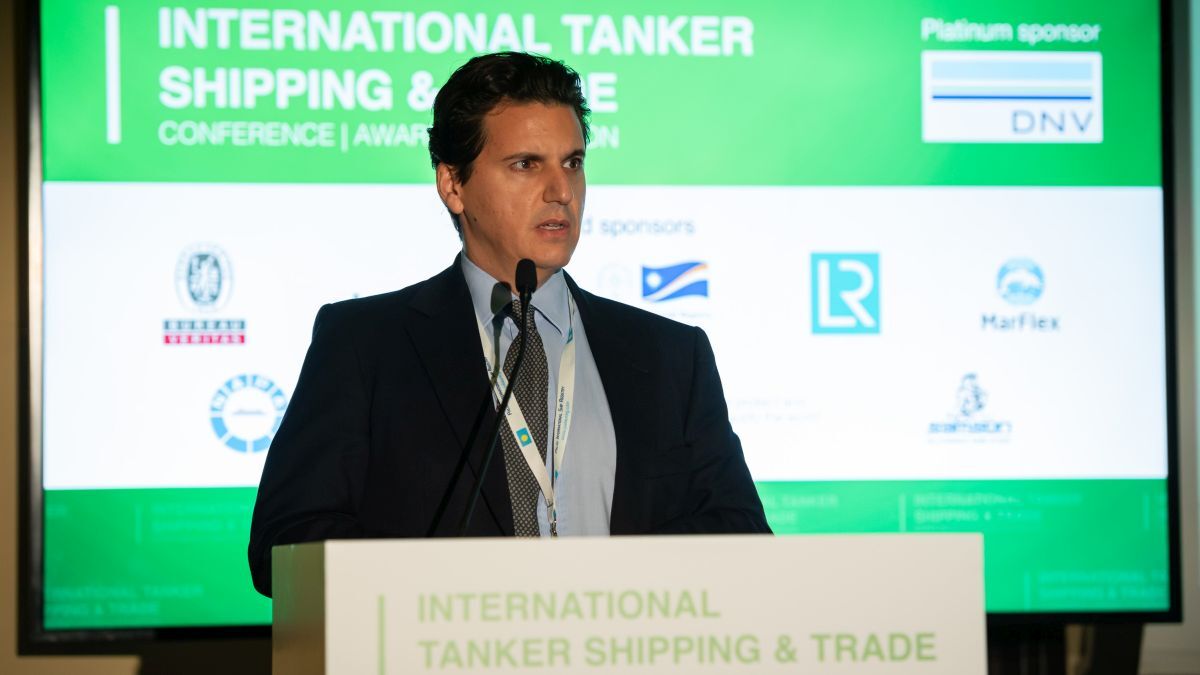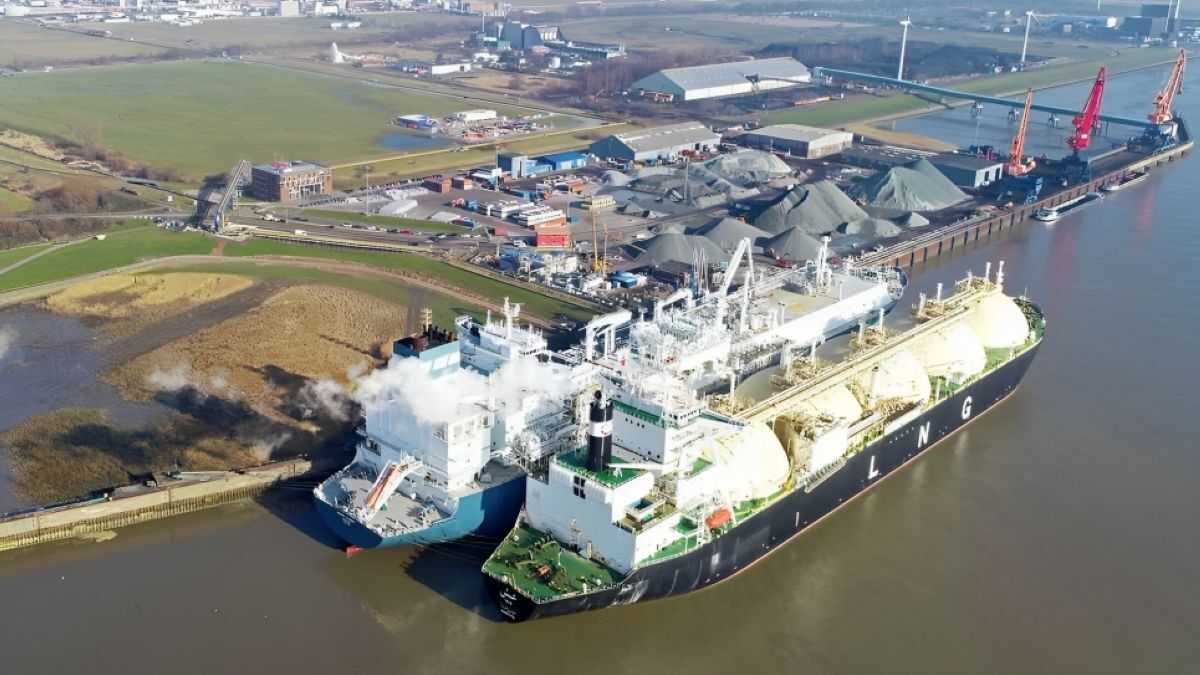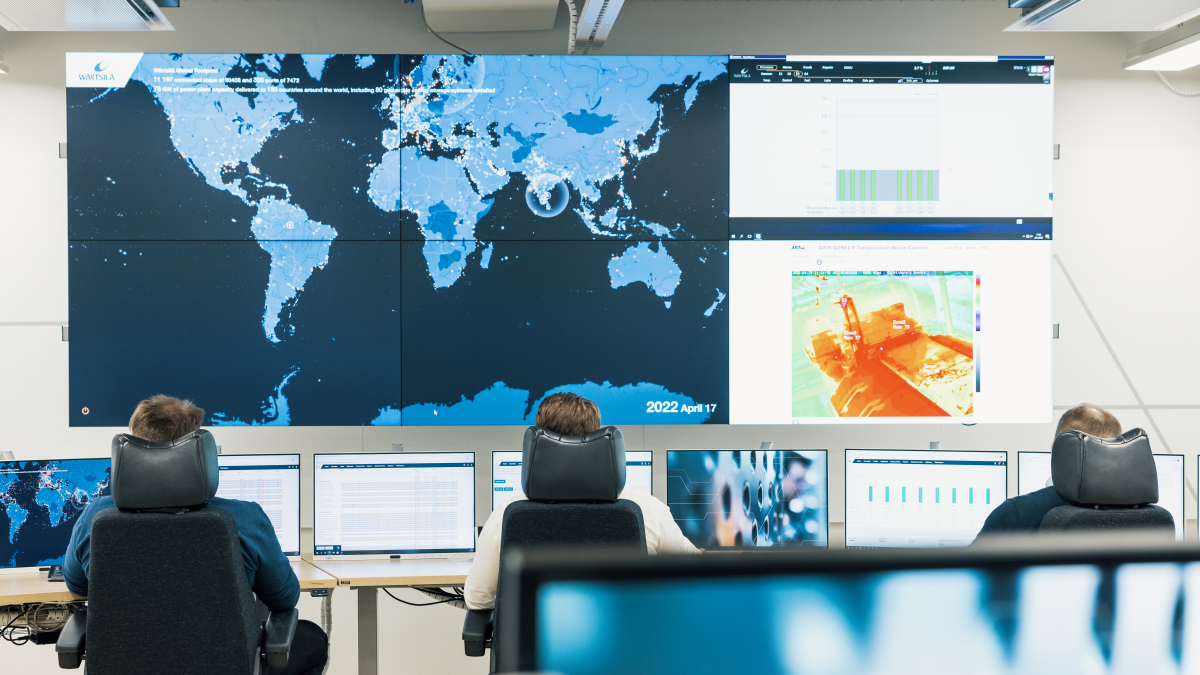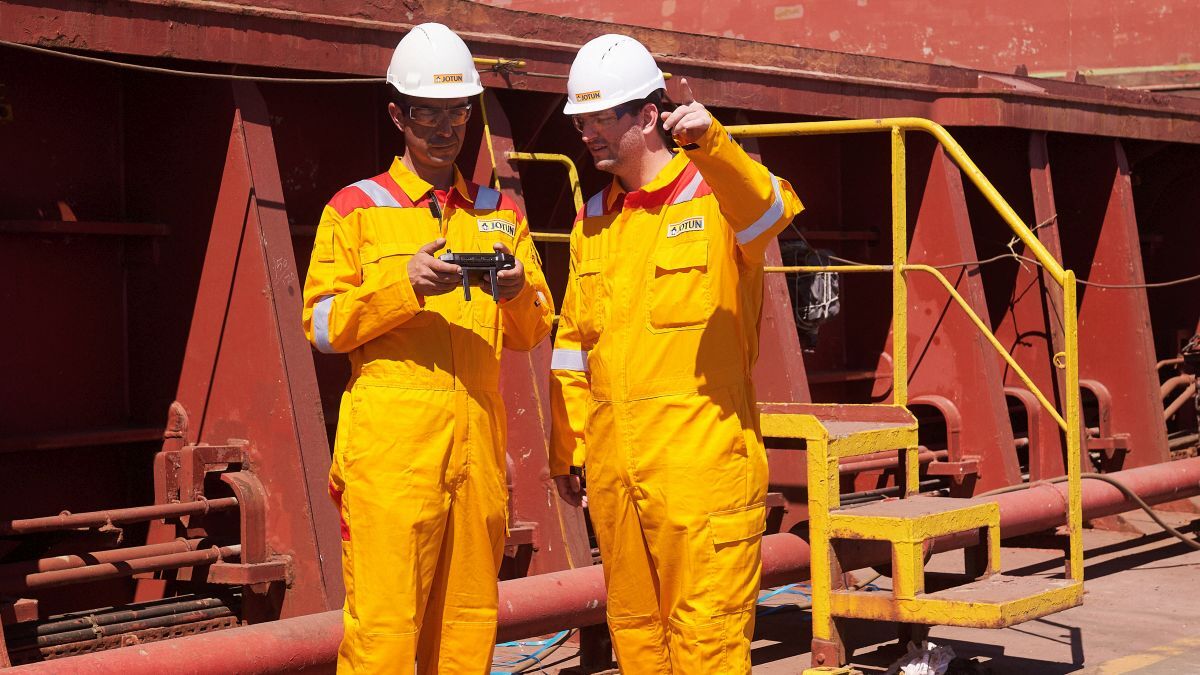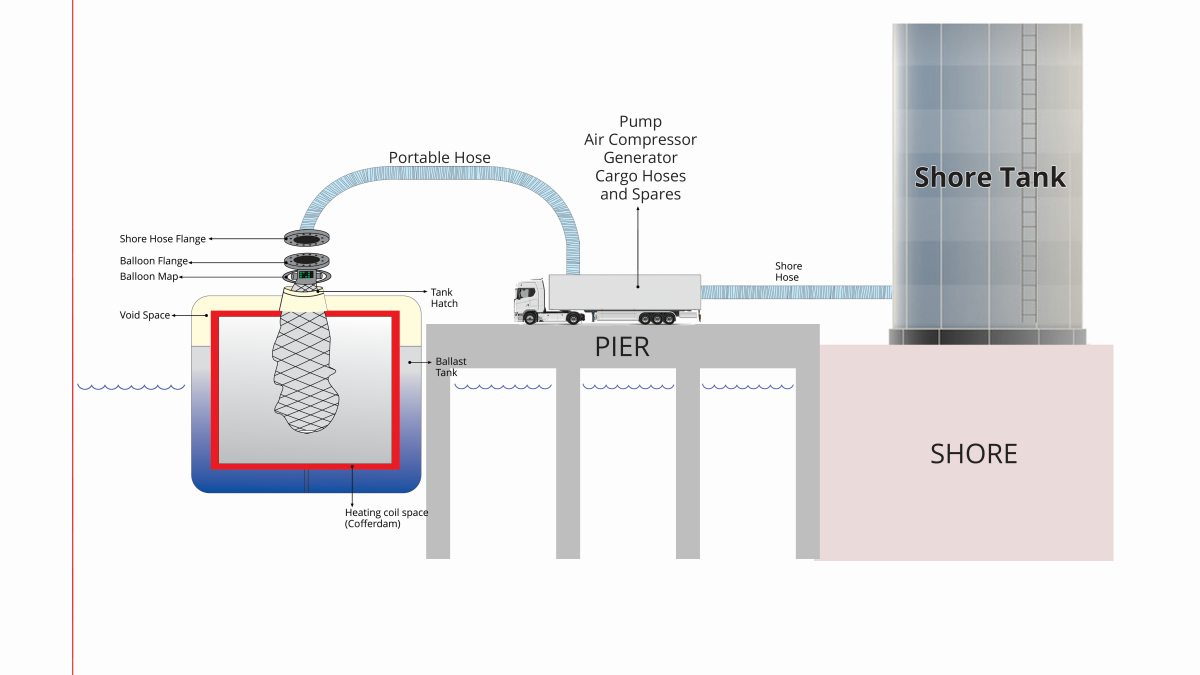Business Sectors
Events
Contents
Register to read more articles.
What does the future of shipmanagement look like? It looks like AI
The International Tanker Shipping & Trade conference, held in Athens in November 2023, discussed surprising AI applications for increasing operational efficiency in the tanker industry
Bernhard Schulte Shipmanagement (BSM) head of data governance and analytics Frank Paleokrassas presented to the session: Navigating digital transformation: empowering tanker shipping and trade by relating how BSM had taken an established analytical function and blended it with AI to create cross funtionality.
The starting point was a system he had helped develop, a single figure rating system for voyage performance. This has now been expanded to include maintenance, crewing, safety, financial, purchase and voyage performance, to return a rating for how a ship has been managed.
This is replicated for all 450 vessels under BSM management and is starting to play a role as a low-frequency way of analysing the performance of the management offices.
BSM is also developing two internal reports which extend this functionality through AI. The first is a machine learning AI algorithm that predicts the optimal time to undertake a hull cleaning programme. It is based on noon-reports and returns a simple traffic light system for when the hull cleaning should take place.
A more adventurous use of AI is in the analysis of 2-stroke engine scavenger port inspections. The AI has been trained to spot carbon deposits, scratches and so on and give a score – greatly speeding up the time taken to come to a decision.
A third point of reference for the use of AI is using ChatGPT to analyse reports received from superintendents. The aim is not to tidy up the English, which can be extremely variable, but to assess the quality of the actions each inspector suggests as the solution to the issues reported. Again, given the size of the fleet, using AI greatly enhances the productivity of the analysis, noted Mr Paleokrassas.
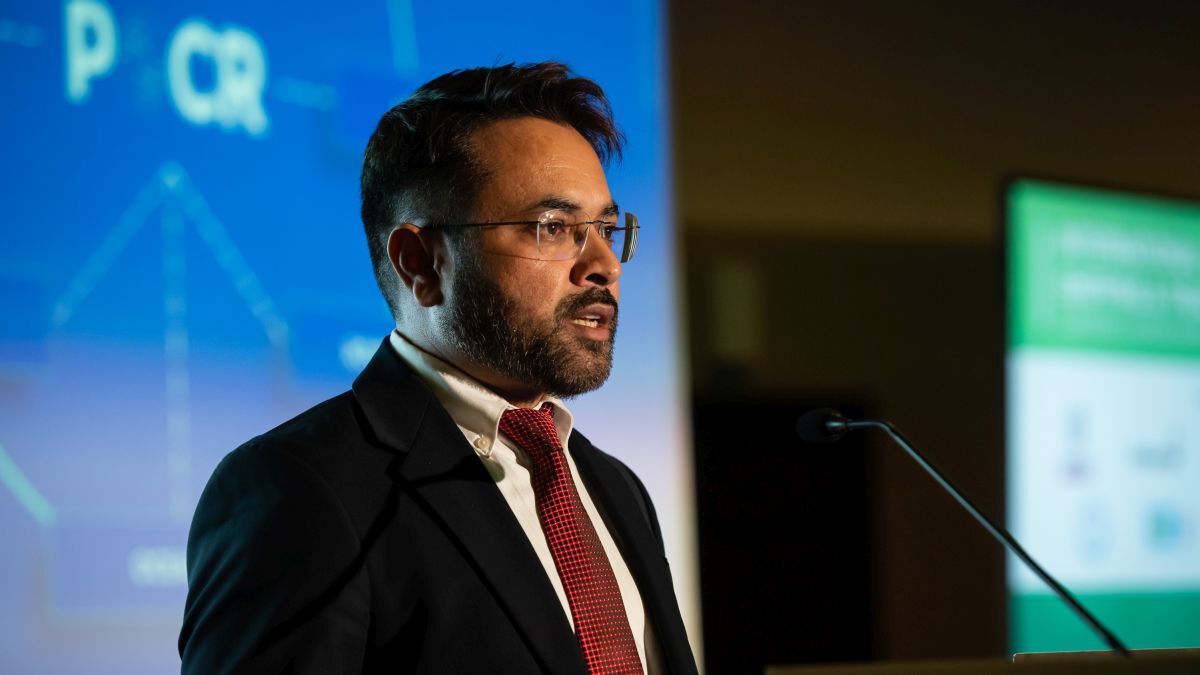
Columbia Shipmanagement group director, digital performance optimisation Pankaj Sharma relayed how the shipmanagement, shipowning, chartering pools and marine services group embarked on a remarkable journey five years ago. It pioneered the establishment of a state-of-the-art 24/7 Vessel Performance Centre, becoming the first ship manager to do so. He noted the Performance Centre is also ISO certified, setting a benchmark in the industry.
But Columbia’s journey is far from over and, he said, it recognises the need for continuous evolution and progress, which led to upgrading the Performance Centre for the next generation of IoT and AI. Delving into the vessel side of operations, Mr Sharma said the focus lay on automation, data optimisation and simplifying data use.
Columbia introduced Bunker Link, an AI-powered bunker lifting optimisation system. Additionally, it developed Arriva 360, a virtual reality training application that also creates digital twins for future vessel operations. The Columbia Route Link solution leverages AI to optimise route planning, while another application captures sensor-based data and predicts potential engine issues.
To address emissions-related concerns, Columbia introduced Emission Link, a blockchain-backed service ensuring emissions compliance and future-proofing against evolving regulations. Notably, this encompasses not only Emission Trading Scheme (ETS) requirements but also certificates for Scope Three emissions.
Recognising the importance of comprehensive data collection, Columbia incorporated a range of advanced sensors such as vibration monitors, thermal imagery cameras, and smart cameras. These additions enable robust monitoring and proactive maintenance across engines, auxiliaries, pumps, purifiers and separators. Engine Link, its latest achievement, provides a comprehensive health assessment for every critical component, delivering invaluable insights.
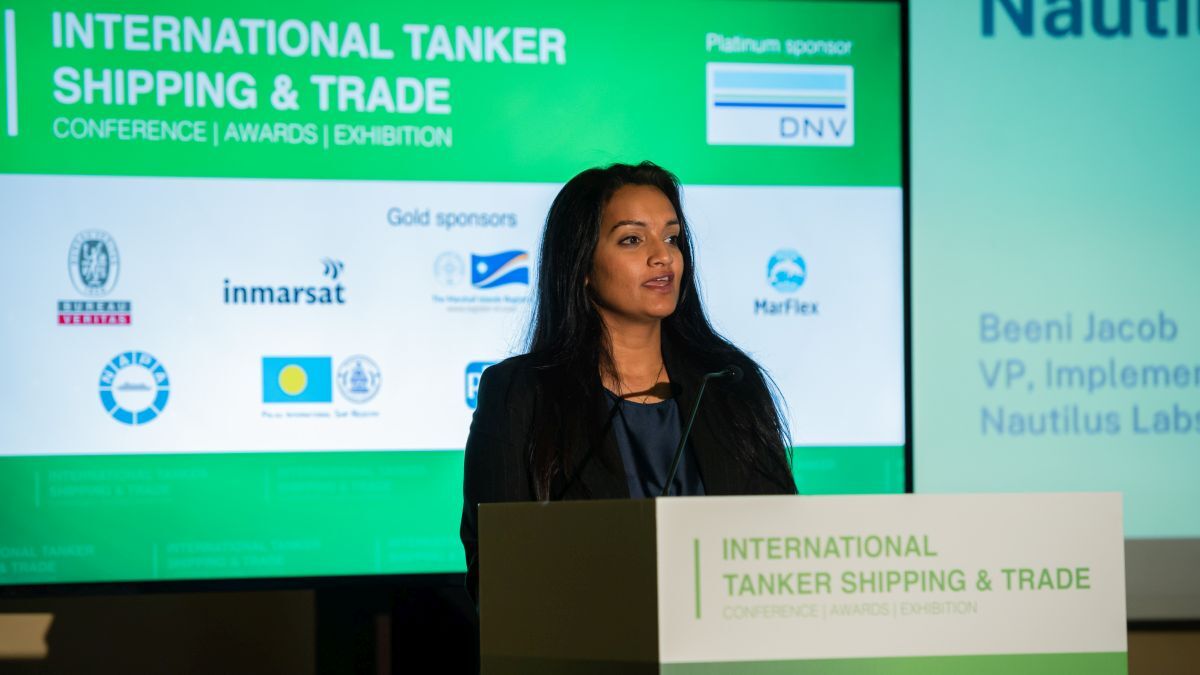
Third-party input into the development of digital tools is proving to be essential. One of those third parties is Nautilus Labs, whose vice president of implementations and support Beeni Jacobs presented the importance of voyage optimisation for the maritime sector. Nautilus Labs’ offerings include Fleet Essentials, a comprehensive tool for monitoring fleet performance with user-friendly dashboards and detailed reports, and easily accessed performance metrics, emissions reduction insights and predictive analytics, which even simulates different scenarios. The system reports any dips in performance and identifies opportunities for better results.
Another product is Voyage Optimizer, which optimises voyages according to specific goals - on-time arrival, improved CII, reduced EU ETS exposure, or enhanced commercial outcomes.
Building on these is the Green Charter initiative, which further amplifies the impact of Fleet Essentials and Voyage Optimizer. Examining underlying charter parties can address the misaligned incentives, collaboration barriers, and ingrained inefficiencies that often lead to excessive fuel consumption and increased carbon emissions. Combining advanced machine learning with transformative frameworks, it introduces a dynamic element to charterparties using predictive analytics.
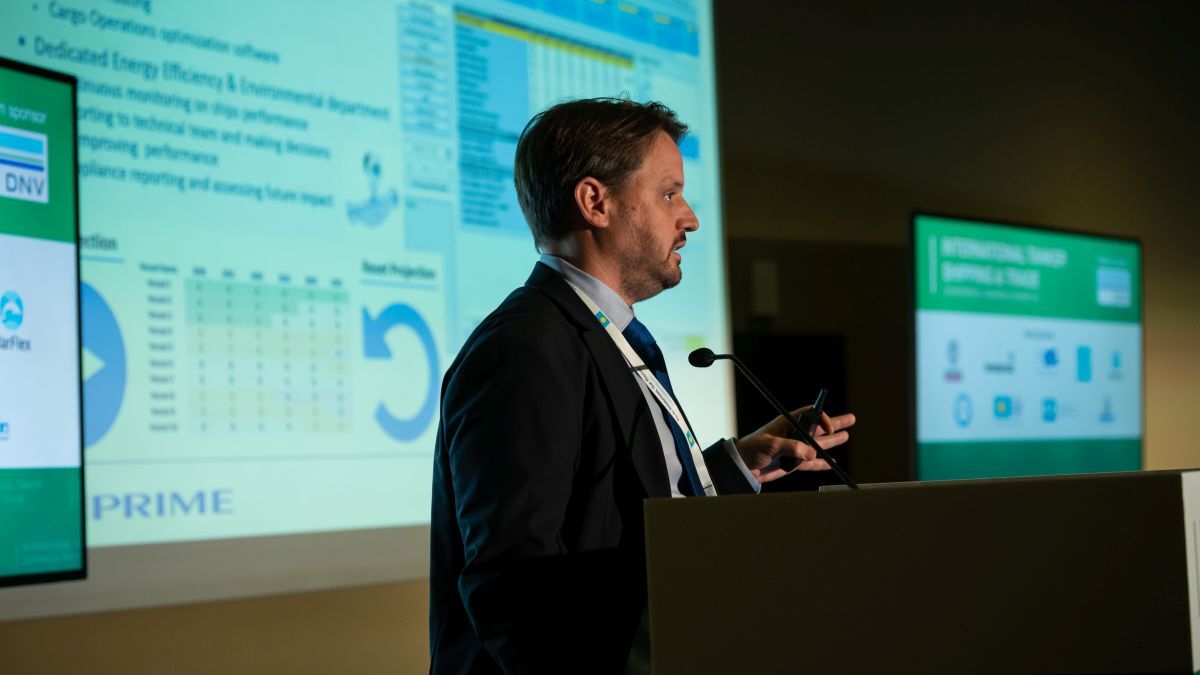
Presenting from the point of view of a different business model was Prime Marine chief sustainability officer Stavros Niotis, who noted as the company’s vessels mainly operate in the spot market, many of the solutions generally available do not suit Prime Marine. Prime Marine operates a fleet of 17 ships, consisting mainly of oil product tankers and dedicated ammonia carriers. “Our goal,” he said, “is to improve speed and performance while reducing fuel consumption and emissions.”
To achieve this, the company established a dedicated Energy Efficiency and Environmental Department in 2013. This team collects data from the fleet, utilising high-frequency sensors, Coriolis mass flow meters, weather routeing software, and cargo operation optimisation software to continuously monitor and analyse the performance of the ships.
Mr Niotis noted voyage optimisation plays a crucial role in its strategy to make informed decisions on route planning, fuel efficiency and emissions reduction. The company is now focusing on ordering LR1 tankers, which will mainly operate in the spot market.
Looking forward, the company is exploring new business opportunities in ammonia carriers and CO2 carriers, and is developing carbon capture and sequestration (CCS) supply chains.
In the question and answer session that followed, delegates appeared intrigued by the use of ChatGPT to enhance superintendent reports, as described by Mr Paleokrassas, who explained approximately 1,000 internal reports submitted by superintendents created more than 7,000 action points. These action points need rectification, but where the English is poor or muddled, it is difficult to know what that action is. “It is a case of controlling the quality of the language that goes into these reports,” he replied, “and making sure everyone understands what they are talking about.”
A question arose about providing real-time emissions for EU ETS, to which Mr Sharma explained this was a requirement from owners, and working with a provider, this has been incorporated with an API to provide real-time emissions feedback.
An interesting question from the floor to Prime Marine and its focus on the spot market was: what data points have proved most valuable for optimising cargo operations and improving turnaround efficiency?
Mr Niotis explained that for the gas carrier segment of the fleet, the company was using software developed by DNV. This has proved very valuable in simulating operations, and comparing to actual operations – a useful tool for optimising cargo operations. Another method that has been useful is to compare data points on a ship-to-ship basis. This revealed markedly different levels of fuel consumption in steam boiler operations. Careful analysis, followed by crew retraining, led to optimising use of the steam boiler and fuel savings.
Related to this Story
Events
Maritime Environmental Protection Webinar Week
Cyber & Vessel Security Webinar Week
The illusion of safety: what we're getting wrong about crews, tech, and fatigue
Responsible Ship Recycling Forum 2025
© 2024 Riviera Maritime Media Ltd.


